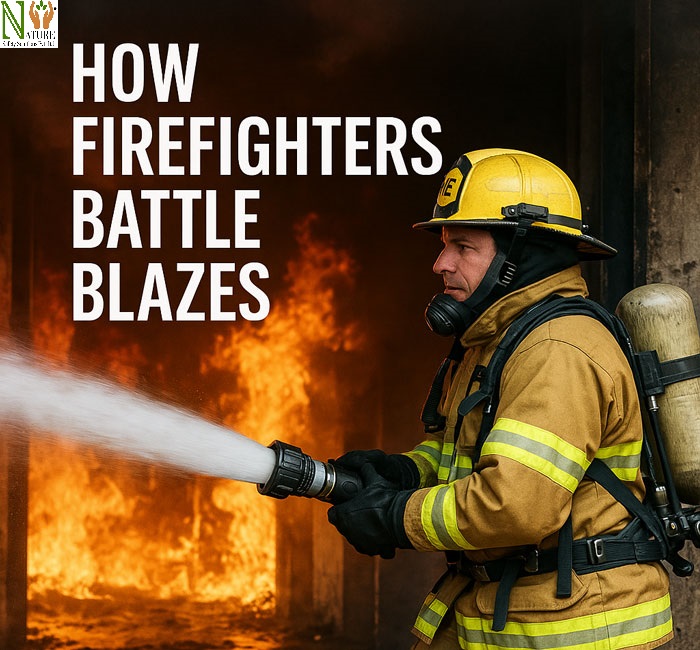When flames rage out of control, firefighters are the first to charge into danger. Their job is not just to put out fires but also to save lives, protect property, and prevent disasters from spreading. Behind every successful firefighting operation is a combination of advanced tools, intense training, and the bravery to face life-threatening risks.
The Role of Firefighters
Firefighters are much more than fire extinguishers in uniform. They are highly trained emergency responders who handle a wide range of crises – from rescuing people trapped in burning buildings to providing first aid during road accidents. They also play an important role in fire prevention by conducting safety drills, checking fire equipment, and educating communities on how to reduce fire hazards.

Powerful Tools That Make a Difference
To battle deadly fires, firefighters rely on equipment that is both practical and life-saving.
1. Protective Gear
Fire-resistant suits, helmets, and gloves shield firefighters from extreme heat and falling debris. Their boots are designed to withstand high temperatures and provide grip on slippery surfaces.
2. Breathing Apparatus
The self-contained breathing apparatus (SCBA) gives them access to clean air in smoke-filled spaces, allowing them to navigate dangerous areas without suffocating.
3. Fire Hoses and Foam Systems
High-pressure hoses deliver powerful jets of water or fire-retardant foam, which helps tackle different types of fires, including chemical and oil-based blazes.
4. Axes and Rescue Tools
Tools like axes and Halligan bars allow firefighters to force open doors or break windows to reach trapped individuals.
5. Fire Trucks and Ladders
Fire engines act as mobile command centers, carrying water, ladders, and essential rescue equipment to the scene.
6. Thermal Imaging Devices
These tools help detect heat sources and locate hidden fires or victims through dense smoke.
Training That Builds Heroes
Firefighting demands more than courage; it requires skill, discipline, and sharp decision-making.
- Physical Endurance: Firefighters train to handle heavy equipment and intense heat for long periods.
- Fire Science: They study how fire behaves, spreads, and reacts with different materials.
- Search and Rescue Drills: Firefighters practice entering burning buildings, finding victims, and leading them to safety.
- Medical Skills: Many are trained as first responders or EMTs to provide immediate medical care.
- Teamwork: Firefighting is a coordinated effort where trust and clear communication can mean the difference between life and death.
Risks on the Frontline
The dangers firefighters face are as intense as the flames they fight.
- Extreme Heat: Temperatures can exceed 1,000°C inside a blaze.
- Toxic Smoke: Inhaling poisonous fumes from plastics and chemicals can cause severe health problems.
- Building Collapses: Structures weakened by fire can fall suddenly, trapping anyone inside.
- Explosions: Gas leaks or chemical reactions increase the risk of explosions.
- Long-Term Health Issues: Continuous exposure to smoke and hazardous materials heightens the risk of cancer and respiratory diseases.
Modern Firefighting Innovations
Today’s firefighters benefit from advanced technology that makes their work safer and more efficient. Drones provide aerial views of fire zones, robots can enter dangerous spaces, and fire-resistant drones help locate hotspots. Smart fire alarms and AI-based monitoring systems are also helping prevent large-scale disasters before they start.
